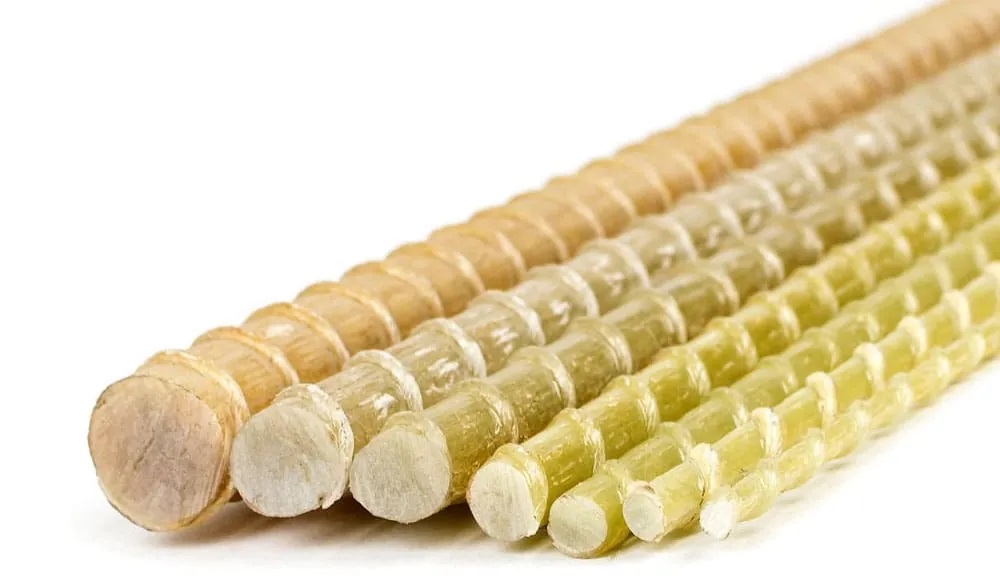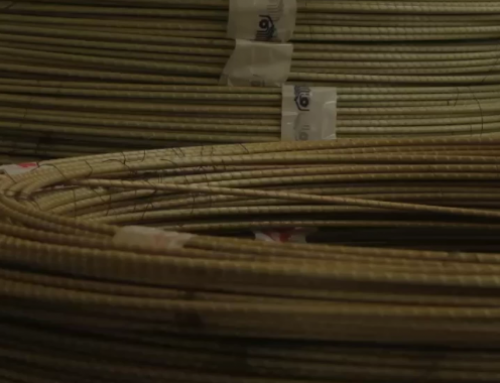No Rust, No Hassle: Why GCC Contractors Are Switching to GFRP Piles
What are GFRP Piles ?
GFRP Piles, or Glass Fiber-Reinforced Polymer piles, are a high-performance composite material made from glass fibers embedded in a polymer matrix. It combines the strength and stiffness of glass fibers with the durability and corrosion resistance of polymers, making it an ideal alternative to traditional construction materials like steel and concrete. In piling applications, GFRP offers significant advantages—it’s lightweight, non-corrosive, and highly durable, even in aggressive environments such as coastal, marine, or chemically contaminated soils. Unlike steel, GFRP does not rust, which reduces maintenance costs and extends the service life of structures. With a lifespan of over 100 years and growing global acceptance in engineering standards, GFRP is transforming how foundations are built in modern construction. It’s especially valuable in the Gulf region and Africa, where extreme weather and soil conditions demand resilient, low-maintenance materials. GFRP isn’t just a substitute—it’s a next-generation solution for smarter infrastructure.

Embracing the Future of Construction with GFRP
In the harsh environments of the Gulf region, where high temperatures, coastal salinity, and aggressive soil conditions can severely compromise traditional materials, the choice of foundation piling is more critical than ever. Contractors across the GCC are increasingly turning to Glass Fiber-Reinforced Polymer (GFRP) piles as a smart, long-lasting alternative to traditional steel piles. Why? GFRP offers a corrosion-free, lightweight, and cost-effective solution that’s tailor-made for the challenges of modern construction in the region.
Corrosion: The Silent Killer of Steel Piles
Steel piles have long been the standard in deep foundation systems. But in the Gulf’s coastal cities like Jeddah, Dubai, and Manama, these piles face relentless exposure to chloride ions, humidity, and groundwater with high salinity. The result? Corrosion, structural weakening, and rising maintenance costs.
GFRP piles, in contrast, are inherently non-corrosive, making them ideal for:
-
Marine structures
-
Coastal buildings
-
Underground infrastructure in aggressive soils
With GFRP, there’s no need for expensive protective coatings or cathodic protection systems, reducing both upfront costs and long-term maintenance.
Lighter Material, Faster Installation
One of the biggest logistical advantages of GFRP piles is their lightweight. Weighing up to 70% less than steel, GFRP piles are easier to:
-
Transport to remote or restricted-access sites
-
Handle with smaller machinery
-
Install faster, with less labor and equipment
For contractors operating in rural African regions or congested Gulf city centers, this translates directly into cost savings and operational efficiency.
Built to Last: 100+ Year Lifespan
GFRP piles are engineered for durability. Unlike steel, they don’t suffer from electrochemical degradation. With proven resistance to UV radiation, alkalis, acids, and moisture, GFRP piles offer a projected design life of over 100 years in many applications—ideal for:
-
Bridges
-
Ports
-
Energy and utility infrastructure
This longevity adds massive value, especially in public or industrial projects where lifecycle costs are a key factor in decision-making.
Code-Compliant and Engineer-Approved
GFRP technology is no longer experimental. It is well-established, with design codes and guidelines available from:
-
ACI (American Concrete Institute)
-
CSA (Canadian Standards Association)
-
ASTM (American Society for Testing and Materials)
Contractors can confidently specify GFRP piles knowing that structural engineers and consultants across the world—including those working on major GCC projects, are backing their use.
The Bottom Line for Contractors
When you choose GFRP piles, you’re not just buying a product—you’re investing in:
-
Faster project delivery
-
Lower logistics costs
-
Minimal maintenance
-
A future-proof foundation
In a market where deadlines are tight and margins are thinner than ever, these advantages matter.
Ready to Upgrade Your Foundations?
Join the wave of forward-thinking contractors in the GCC and Africa who are embracing GFRP technology. Whether you’re bidding on a coastal bridge or a utility project in corrosive soils, GFRP piles give you the edge you need to win contracts and build smarter.
Contact us today to learn how GFRP piles can power your next project—without the rust, without the hassle.


